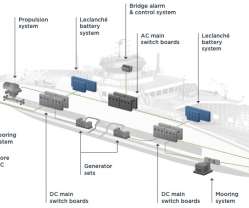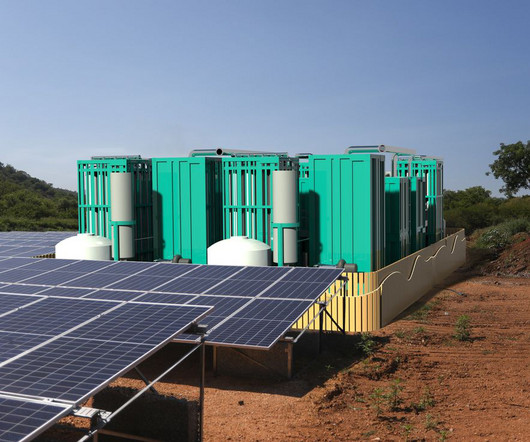Leclanché expands marine electrification solution to include fast charger for ports, harbors and vessels; Damen 1st adopter
Green Car Congress
SEPTEMBER 19, 2021
Expanding its portfolio of solutions for the marine electrification industry, Leclanché is introducing a new “ports and harbor” infrastructure solution enabling hybrid and fully electric vessels to fast charge when returning to port. Earlier post.). —Anil Srivastava, CEO, Leclanché.











Let's personalize your content